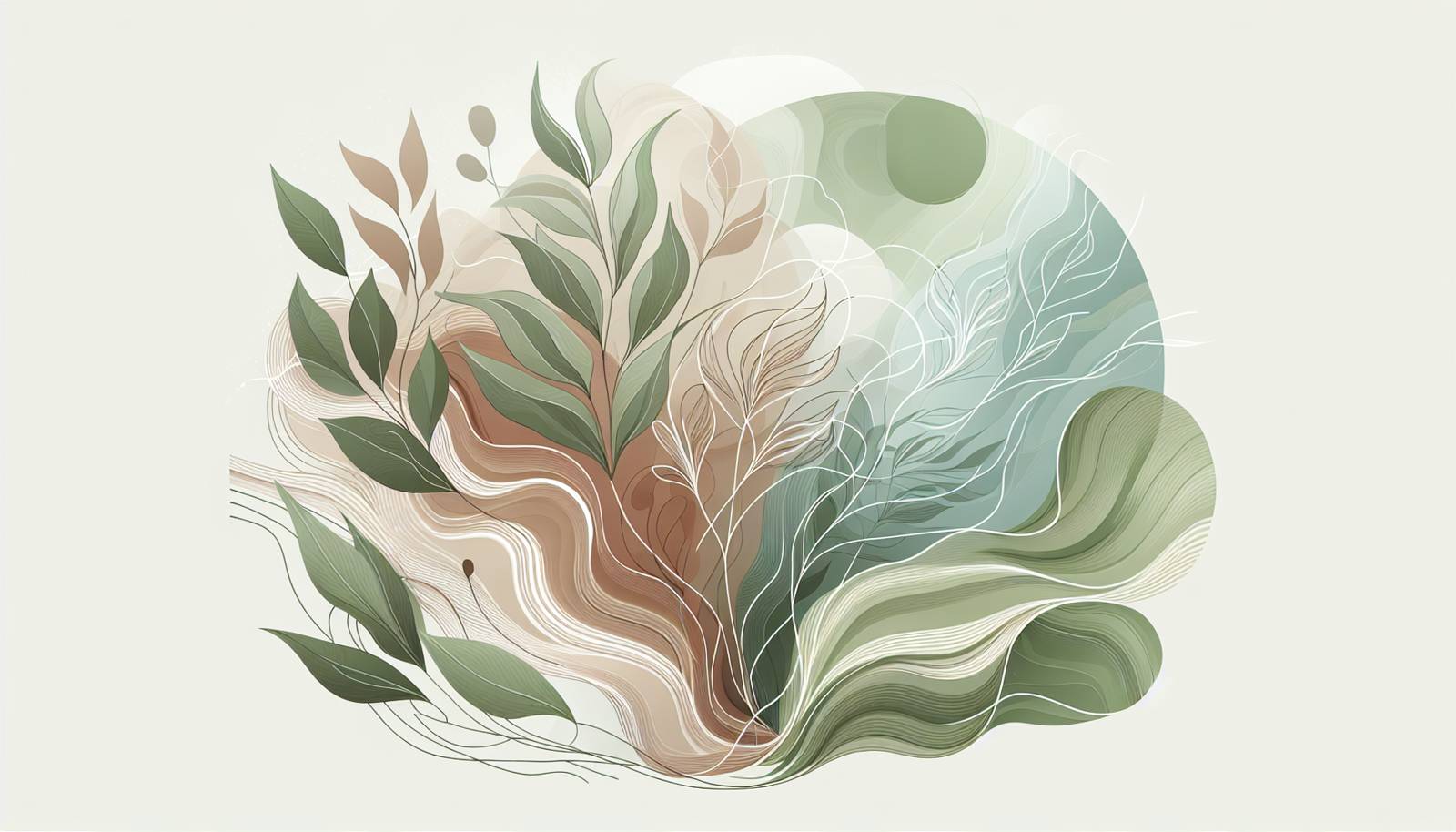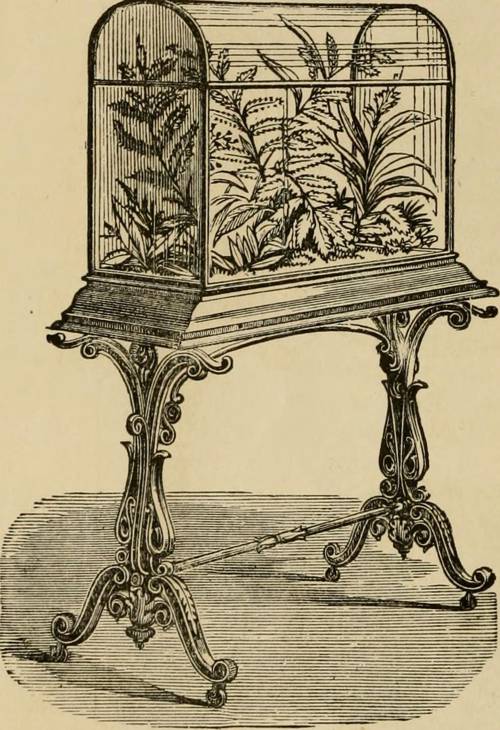
FAQ About Indoor Plant Growth Rate Differences

What factors affect the growth rate of indoor plants?
The growth rate of indoor plants is influenced by various factors including light, temperature, humidity, water, soil quality, and nutrition. Adequate sunlight or artificial light is crucial for photosynthesis, while temperature and humidity should mimic the plant's natural habitat as closely as possible. Using a balanced soil mix and appropriate fertilizers can support vigorous growth. Regular watering is also essential, but it must be tailored to each plant's specific needs to prevent root rot or dehydration.

Which indoor plants are known for their fast growth rate?
Several indoor plants are known for their rapid growth rates. These include pothos, spider plants, Boston ferns, bamboo palms, and philodendrons. These plants not only grow quickly but also require relatively low maintenance, making them ideal for beginners or those looking to quickly add greenery to their space.

Are there indoor plants that grow slowly?
Yes, several indoor plants are known for their slow growth rates, which might be preferred for certain decorative purposes. Examples include succulents like aloe vera, snake plants, and ZZ plants. Additionally, bonsai trees are deliberately cultivated to grow slowly to maintain their small size and aesthetic appeal.

How can light exposure impact the growth rate of indoor plants?
Light exposure is critical to the growth of indoor plants because it influences photosynthesis, the process by which plants convert light energy into chemical energy. Generally, plants that receive adequate light grow quicker. However, the type of light (natural vs. artificial, direct vs. indirect) also matters, as it must align with each plant's specific requirements. Some plants thrive in bright, direct sunlight, while others prefer low-light conditions. Getting this balance right is essential for optimal growth.

What types of artificial light support indoor plant growth?
Artificial lighting solutions such as fluorescent lights, LED grow lights, and incandescent lights can support indoor plant growth. LED grow lights are particularly efficient as they can be customized to emit specific light spectrums that boost photosynthesis. Fluorescent lights are cost-effective and work well for low-light plants, whereas incandescent lights, while useful, are less efficient and can increase the ambient temperature.

How does humidity affect indoor plant growth?
Humidity levels directly impact indoor plant growth because most plants, especially those native to tropical regions, require higher humidity to thrive. Low humidity can lead to crispy leaves and stunted growth, while high humidity, though ideal for most houseplants, can increase the risk of fungal diseases. Balancing humidity, often by using humidifiers or grouping plants together, is crucial for maintaining healthy indoor plants.

How often should I water my indoor plants for optimal growth?
The watering needs of indoor plants vary widely based on the species, pot size, and environmental conditions. A general rule of thumb is to water when the top 1-2 inches of soil feel dry to the touch. Overwatering can lead to root rot, while underwatering can cause the plant to wilt and grow more slowly. It's important to understand the specific needs of your plants and adjust your watering schedule accordingly.

Which soil types are best for promoting the growth of indoor plants?
Indoor plants generally thrive in well-draining potting soil that retains moisture but does not stay soggy. A common potting mix might include peat moss, perlite, and vermiculite. Some plants, like succulents and cacti, prefer a specialized cactus mix that offers better drainage. It's essential to select a soil type that caters to the specific needs of your plant to facilitate healthy growth.

Can fertilizer enhance the growth rate of indoor plants?
Yes, using fertilizer can significantly enhance the growth rate of indoor plants by providing essential nutrients that might not be present in the soil. Fertilizers rich in nitrogen, phosphorus, and potassium support leaf, root, and flower development respectively. However, it's important to follow application instructions carefully to avoid over-fertilization, which can harm the plant.

Why is my indoor plant growing slower than expected?
Slow growth in indoor plants can result from several issues such as inadequate light, incorrect watering, poor soil quality, or lack of nutrients. Additionally, factors like temperature fluctuations or pest infestations can also hinder growth. Assessing each of these aspects can help identify the problem and rectify it, thus promoting better plant growth.

How do temperature fluctuations affect indoor plant growth?
Temperature fluctuations can significantly affect indoor plant growth. Sudden changes can stress plants, leading to slowed growth or even death in extreme cases. Most indoor plants prefer a stable environment with temperatures ranging from 65°F to 75°F (18°C to 24°C). Ensuring that your plants are not placed near heat sources or drafts can help maintain a consistent temperature conducive to healthy growth.

Are there any indoor plants that thrive in low-light conditions?
Yes, several indoor plants can thrive in low-light conditions, making them ideal for areas with limited natural sunlight. These include the snake plant, ZZ plant, pothos, and philodendron. While they can tolerate lower light levels, occasional exposure to brighter light can still support healthier growth.

What is the best way to prune indoor plants to maintain optimal growth?
Pruning is an essential part of maintaining indoor plant health and promoting growth. It involves removing dead or diseased leaves and stems, which encourages new growth and breathability. Pruning should be done using clean, sharp tools to prevent damage and should be suited to the plant's specific requirements, such as cutting back leggy stems and shaping the plant for even growth.

Do indoor plants grow during winter?
Indoor plants typically experience slowed growth during winter months due to lower light levels and cooler temperatures. Many plants enter a dormancy phase to conserve energy. While they may not grow visibly, they still need care—less watering and light feedings can support their health during this period.

How does repotting affect the growth rate of indoor plants?
Repotting can encourage the growth of indoor plants by providing them with more space to expand their roots, as well as fresh soil that can offer better nutrients. It's best to repot during the active growing season, usually spring or early summer, to reduce stress on the plant. However, frequent or improper repotting can hinder growth and should be avoided.

What are the signs of overwatering in indoor plants?
Overwatering is a common issue that can slow down the growth of indoor plants. Signs include yellowing leaves, wilting despite moist soil, root rot, and the presence of mold or fungus on the soil surface. Ensuring proper drainage and allowing the soil to dry out between waterings can help prevent overwatering.

How can I encourage my indoor plants to grow faster?
To encourage faster growth in indoor plants, ensure they receive adequate light (natural or artificial), maintain appropriate temperatures, and provide the right levels of humidity. Regular feeding with a balanced fertilizer during the growing season can also promote robust growth. Pruning and repotting, when necessary, can further stimulate new growth.

Do indoor plants require different care if they grow in water rather than soil?
Yes, hydroponic or water-based plant systems require different care compared to soil-based plants. Key considerations include using clean, nutrient-enriched water, changing the water regularly to prevent stagnation, and ensuring that the roots have some exposure to air. Plants grown in water need a steady supply of nutrients, usually delivered via liquid fertilizers.

Why are some leaves on my indoor plant smaller than others?
Smaller leaves on indoor plants can be attributed to a variety of factors such as insufficient lighting, lack of nutrients, or improper watering. Environmental stressors like drafts or pests can also affect leaf size. Reviewing care protocols to ensure adequate light, nutrition, and moisture can help promote uniform leaf growth.

What are some common misconceptions about indoor plant growth?
Common misconceptions about indoor plant growth include the belief that all indoor plants thrive under any light conditions, or that more water always equates to better growth. In reality, different plants have specific needs regarding light, water, and soil. Moreover, some assume that feeding plants frequently will boost growth, but this can lead to nutrient burn and harm the plant over time. Understanding the unique needs of each plant type is essential for healthy growth.
